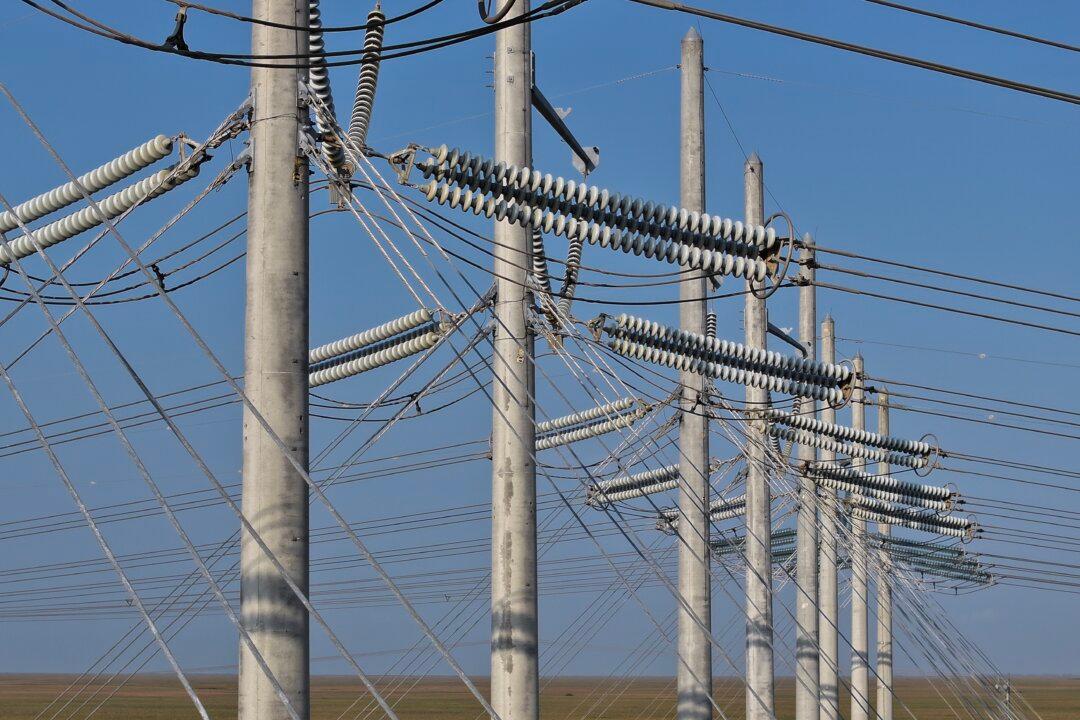Standard & Poors Global, one of the three leading credit ratings agencies, has warned Australian states that they could face further credit downgrades unless they cut costs while questioning whether their governments had “strong financial management on a global scale.”
As a result, taxpayers may be burdened with additional taxes or other charges to cover growing debt costs.
As of June 30, 2024, Victoria’s net debt was $133.2 billion (US$83.3 billion). The 2024/25 Budget Update projects that this will increase to $187.3 billion by June 30, 2028, an average annual increase of 8.9 percent.
As of June 2024, New South Wales’ (NSW) net debt was $96.8 billion. It is projected to increase to $110.5 billion in 2024/25 and $139.5 billion in 2027/28.
The outlook in the ACT is even worse. According to the ACT Treasury’s 2023/24 Management Discussion and Analysis report, its net debt stands at $9.1 billion—a 2.8 percent decrease from the original budget estimate for the year—but it has still increased by $1.5 billion (20 percent) compared to the previous year.
The ACT has consistently recorded one of the highest deficits among Australian states and territories.
NSW, the ACT, and Tasmania also have “negative” outlooks on their current ratings, while only Western Australia (WA) has seen its rating improve from AA+ to the top AAA level since the virus hit.
Revenue Up, But So is Spending
The poor assessments come despite above-forecast revenues in recent years, which has caused S&P to criticise the respective governments for reckless spending.“The issue for Australian governments is spending, not revenue,” the agency says. “Their approach to fiscal discipline appears increasingly loose. We now question whether many states have exceptionally strong financial management on a global scale … if these conditions worsen or fiscal discipline weakens, credit quality may decline.”
Between 2020 and 2023, states received nearly $150 billion more revenue than predicted before the pandemic, largely due to a commodity boom. Western Australia and Queensland gained $95 billion of that figure.
But over the same period, state operating expenses were $212 billion larger than budgeted—$66 billion more than they collected in additional revenues.
Much of this was additional infrastructure spending driven by a rapidly increasing population—expenditure went from $64 billion in 2020 to a forecast of more than $100 billion in 2025 and 2026.
While the projects may have been necessary, cost blowouts—attributed in some part to poor budgeting by states—had not been addressed, and political leadership was reluctant to reassess projects and scrap them if they no longer made fiscal sense.
“States insist they are making ‘difficult decisions’ or ’hard choices,'” S&P’s analysts wrote. “[But] at the same time, spending continues to rise rapidly, and new projects are regularly announced. Some states have relied on out-of-date costings to justify the perceived net benefits … cost blowouts that highlight poor budgeting and governance practices could affect our view of financial management.”
Victoria has easily the highest borrowings per person of the major states; NSW is second among the larger jurisdictions, while WA is the only state forecasting a decline in borrowing per person over the next three years.






